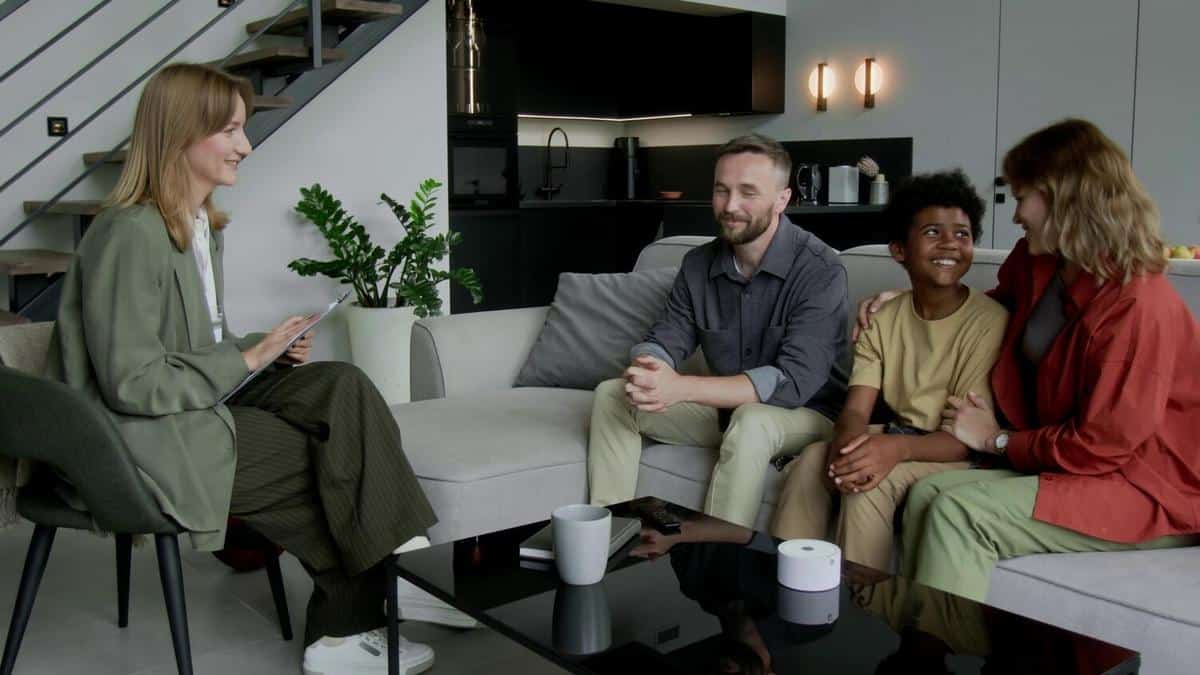
Voice Assistants and Smart Homes: Creating Seamless Interactions
Imagine a home where your voice alone can control the lights, adjust the heating, and even order your groceries. Welcome to the era of smart homes powered by voice assistants, transforming our living spaces into interactive hubs of convenience and efficiency.
Understanding Voice Assistants in Smart Homes
Voice assistants, such as those provided by leading technology companies, have become integral to the smart home experience. They offer a hands-free way to manage a multitude of tasks, from controlling appliances to accessing information online. According to a report by Statista, the global smart home market is expected to reach over $53 billion by 2022, highlighting the growing trend of integrating these technologies into our daily lives.
Expert Insights
Experts highlight the potential of voice assistants to enhance home automation. Dr. Emily Clarke, a tech analyst, suggests, “Voice technology is revolutionizing how we interact with our environments, making our homes more responsive and personalized.” This sentiment is echoed by many in the field who see voice assistants as a bridge to future innovations.
Seamless Interactions: How It Works
Integrating voice assistants with smart home devices is relatively straightforward. Most systems use Wi-Fi or Bluetooth to communicate, allowing for real-time control. For instance, a smart thermostat can be adjusted through simple voice commands, maintaining comfort without lifting a finger. This ease of use is one reason why voice-controlled devices are increasingly popular among homeowners.
Personal Anecdotes
Consider the experience of Alex, who uses a voice assistant to manage his smart lighting and security systems. “It’s like having a personal assistant,” he notes. “I can dim the lights for a movie night or check if I’ve locked the doors, all just by speaking.” Such stories are becoming commonplace as more individuals experience the benefits of smart technology.
Actionable Tips for Enhancing Your Smart Home
- Start with devices that offer broad compatibility with voice assistants, such as smart plugs and bulbs.
- Regularly update your devices to ensure compatibility and security.
- Experiment with voice routines to automate daily tasks like setting alarms or turning off lights when you leave.
Comparison: Benefits of Voice Assistants
| Feature | Benefit |
|---|---|
| Hands-Free Operation | Convenience and ease of use |
| Energy Efficiency | Reduce energy consumption by managing devices more effectively |
| Accessibility | Assists individuals with mobility challenges |
| Security | Remote monitoring and control of home security systems |
| Integration | Seamless interaction with a variety of smart devices |
| Customization | Personalized settings for a tailored experience |
| Entertainment | Control media and entertainment systems with ease |
| Information Access | Quick access to information and services |
FAQs
How do voice assistants improve smart home security?
Voice assistants can enhance security by allowing you to control locks, cameras, and alarms remotely, providing peace of mind when you’re away from home.
Are there privacy concerns with using voice assistants?
While voice assistants are designed with privacy features, it’s important to review and adjust privacy settings to suit your comfort level.
Can voice assistants work with existing smart home devices?
Many voice assistants are compatible with a wide range of smart home devices, but it’s always best to check compatibility before purchasing.
Conclusion
Voice assistants are reshaping the smart home landscape, offering convenience, efficiency, and enhanced control over our living environments. As technology continues to evolve, these tools will only become more integrated into our daily routines, providing even greater benefits. Whether you’re new to smart home technology or looking to expand your setup, voice assistants offer a practical and accessible entry point into the world of home automation.